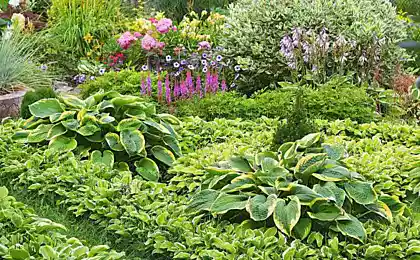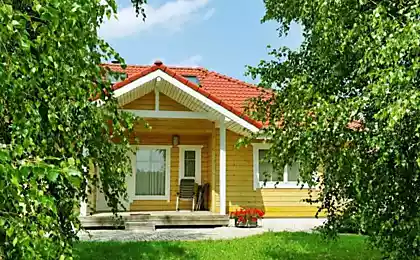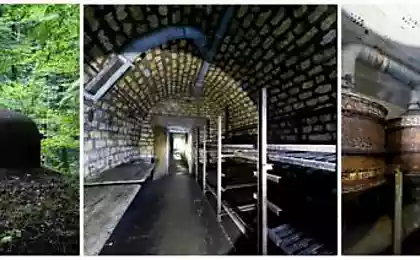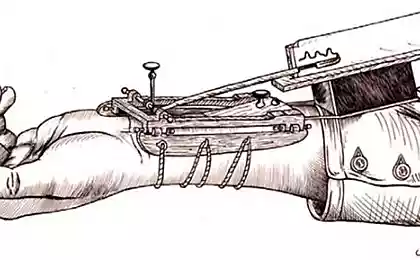1029
Rockeries

Rockeries, or stony, rocky (rock - rock) gardens have existed since ancient times. Their diversity is due both to the peculiarities of national traditions - remember the Japanese rock garden or Central European alpine slides - as a result of new materials and other opportunities.
Traditionally, it is believed that the choice of form rockeries due to natural topography of the site. For example, rocks and cliffs - one of the most complex composite solutions - recommended to create only with the steep slope and huge boulders, volcanic rock, travertine or dolomite. Creating this type of landscape design was the peak of complexity not only because of the requirements of the terrain and the presence of large ancient stones, but also because, again high requirements to the level of skill of the performers.
Complex configuration of stone compositions in addition to aesthetic criteria must meet the biological needs of plants. Crevices, in which at the moment of laying planted trees must be of a certain width and depth of their location shall be such that they are not washed out of the soil - these and many other, often seemingly conflicting, requirements make the creation of artificial rocks stunt is very time-consuming and costly .
With the advent of the disposal of landscape designers architectural concrete has undergone fundamental changes: restrictions was not much, and the possibility of unusually wide. Decorative concrete allows for pre-created sketches rockeries embody conceived landscape to the smallest hollows; masters are not constrained size and shape of stones. To take into account all the details, consider the ratio topography and plant species in the project creation much easier than constantly adjust actions already during the process, depending on the presence or absence of the required type of stone.
The terrain is also no longer dominate designers - artificial rocks made of concrete can be erected on any surface and give them a configuration that will fit harmoniously into the surrounding landscape. This can be a gloomy rocky cliff, hanging above the ground or a sharp rock, striving towards the sky, which shines on sunny days in the sun and produces crisp impression. Any crevices, growths, bends - the consequences of the action of time - all natural fragments of these mountains can be reliably created with this material.






















